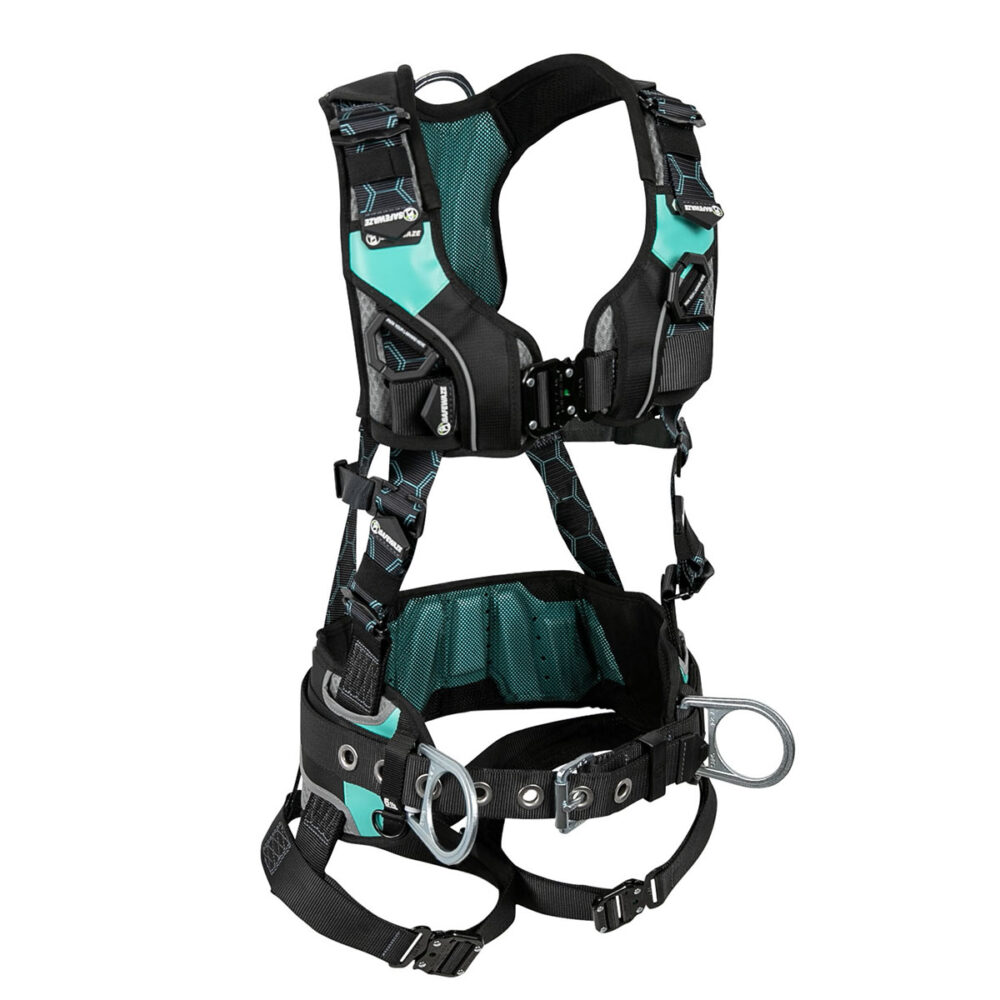As the name implies, the primary difference between a cable and a web SRL is the material used for the lifeline. When selecting an SRL, you should also keep in mind their intended use, durability and weight:
- Material: Web SRLs use a flexible woven webbing material, similar to the material used in full body harnesses, while cable SRLs use steel or stainless-steel cable.
- Intended Use: Cable SRLs are designed for harsh environments where the lifeline could be exposed to abrasion or harsh chemicals. Web SRLs are better suited for environments where the webbing may come into contact with surfaces that could be damaged by a cable. Note that a Class 2 SRL is required if the lifeline could contact a sharp edge – both web and cable Class 2 SRL options are available.
- Durability: Cable SRLs with metal lifelines generally offer superior resistance to cuts, abrasions and harsh environmental conditions, making them more durable in rugged environments. Specialty environments, such as within welding and arc flash, call for specially rated materials and devices.
- Weight: Web SRLs are usually lighter than their cable counterparts, allowing the worker to move around more easily as well as offering an increased ergonomic benefit over time.
When choosing which type of SRL to use, consider both the requirements of your work environment and the nature of the task that will be performed:
- Cable SRL: Offering superior durability, making cable SRLs ideal for work environments with exposure to sharp edges, high abrasion or harsh chemicals.
- Web SRL: Best where workers may need more flexibility of movement and careful handling of surrounding surfaces are priorities. Web SRLs are lighter and less likely to cause damage to delicate surfaces.
